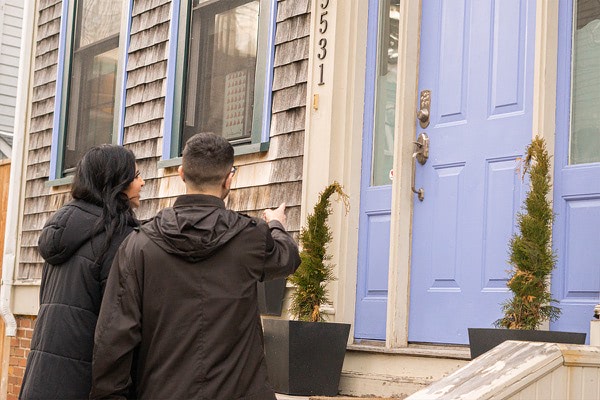New home buyer in 2024? In this post, we examine 5 important tips to follow when purchasing a house this year.

6 months into the First Time Home Buyer Incentive
Reviewing and reflecting, from baby milestones to fitness milestones, has become a popular way to track progress. For babies, parents take pictures once a month along with a list of accomplishments of their offspring. This can be anywhere from sleeping through the night, to learning how to walk. For fitness, it can be beneficial to take videos that show your progression or take measurements once a month. In our day to day life, we don’t always notice changes. However, when we look back at these pictures, videos, and notes we see a noticeable change. March marks the first six months of the First Time Home Buyer Incentive. Looking back at the first six months, we have a better understanding of the program and how well it was received.
What is the First Time Home Buyer Incentive?
The First Time Home Buyer Incentive is a program that launched back in September 2019. The goal of the program is to assist those with a low income in affording to buy a home. The program is open to all permanent residents, non-permanent residents, and Canadian citizens. The First Time Home Buyer Incentive is shared equity between the buyer and the government through insurance providers. For resale properties, home buyers can receive up to five per cent of the purchase price of the property. Home buyers can receive up to 10 per cent of the purchase price of a property that is newly built. The program is restricted, however, to a maximum purchase price of $565,000. Home buyers are also obligated to pay back the incentive when the 25 years are up, or the property is sold.
What we saw in the first six months
Looking at the first six months of the First Time Home Buyer Incentive, it appeared to have a slow start. The program had a goal of funding about $1.25 billion in mortgages in the next three years. According to data from the first four months shows the program has funded around $51.3-million. This is far off pace from what was originally expected from the program.
The low cap on the maximum purchase price of a home that qualifies for the program makes it hard for many first-time home buyers to qualify in the first place. Provinces like Ontario and British Columbia have seen less interest in the incentive. Only around 440 home buyers in Ontario applied to the First Time Home Buyer Incentive. The average cost of a house in provinces like Ontario and British Columbia is much higher than the maximum purchase price. The government appears to be reviewing ways to improve the program in higher priced cities.
This situation is much different in Nova Scotia. There is an opportunity for first-time home buyers in Nova Scotia to take advantage of the incentive. The average cost of a home in Halifax is around $326,000. Many first-time home buyers can qualify with the program here in Halifax and receive funding. So far only 64 first-time home buyers in Halifax have applied to this program.
What does it mean to share equity?
The First Time Home Buyer Incentive is shared equity between the buyer and the government. This essentially means that home buyers are “giving up” equity in their home. With rising house prices in major housing markets, many first-time home buyers have expressed issues with sharing equity in their new home. When the home owner sells the property, they must repay the value of the shared equity back to the government.
The government has announced there would be modifications to the First Time Home Buyer Incentive. The Prime Minister announced there would be changes to the maximum purchase price for certain cities in Canada. Major cities, like Toronto and Vancouver, would see an increase in the maximum purchase price to $789,000. This would help allow more first-time home buyers in Toronto, Vancouver, and Victoria to utilize the benefits of the program. The mortgage value and incentive amount could also add up to five times their income.
In other parts of the country, home buyers are only allowed four times their income. However, the government hasn’t followed through with the changes promised to Canadians. There have been no updates on when and whether the updates to the program will be made. Hopefully, looking at the slow progress of the program gives the government a reason to prioritize updating the qualifications of the incentive.
There is hope in Halifax
The First Time Home Buyer Incentive is a program that assists first time home buyers by offering up to 10 per cent to use toward a down payment on their first home. The CMHC notices the challenges that many low-income families face when looking to find an affordable home purchase. While the program has had a slow start in major cities, where house prices are higher, Halifax is still a great market to leverage the program.
With house prices remaining below the maximum purchase price, and new properties continuing to pop up in the market, the First Time Home Buyer Incentive allows homebuyers the achieve their goal of homeownership. Home owners using the incentive in Halifax are also more likely to afford a safe, accessible, and affordable home with the help of the First Time Home Buyer Incentive. When looking to see how the program can help you afford your first home, give us a call at Clinton Wilkins Mortgage Team! You can give us a call at 902-482-2770 or get in touch with us here!


